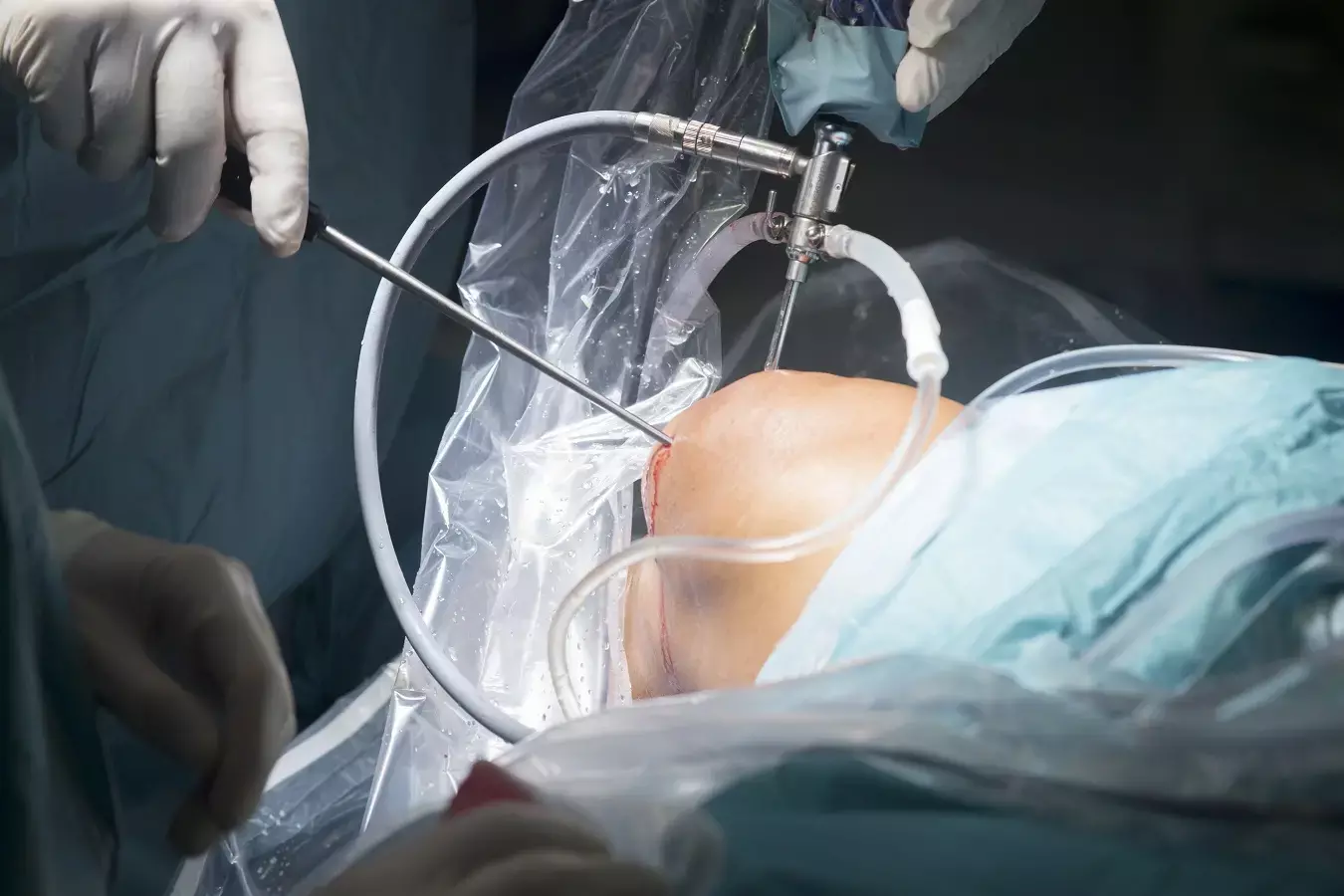- Home
- Medical news & Guidelines
- Anesthesiology
- Cardiology and CTVS
- Critical Care
- Dentistry
- Dermatology
- Diabetes and Endocrinology
- ENT
- Gastroenterology
- Medicine
- Nephrology
- Neurology
- Obstretics-Gynaecology
- Oncology
- Ophthalmology
- Orthopaedics
- Pediatrics-Neonatology
- Psychiatry
- Pulmonology
- Radiology
- Surgery
- Urology
- Laboratory Medicine
- Diet
- Nursing
- Paramedical
- Physiotherapy
- Health news
- Fact Check
- Bone Health Fact Check
- Brain Health Fact Check
- Cancer Related Fact Check
- Child Care Fact Check
- Dental and oral health fact check
- Diabetes and metabolic health fact check
- Diet and Nutrition Fact Check
- Eye and ENT Care Fact Check
- Fitness fact check
- Gut health fact check
- Heart health fact check
- Kidney health fact check
- Medical education fact check
- Men's health fact check
- Respiratory fact check
- Skin and hair care fact check
- Vaccine and Immunization fact check
- Women's health fact check
- AYUSH
- State News
- Andaman and Nicobar Islands
- Andhra Pradesh
- Arunachal Pradesh
- Assam
- Bihar
- Chandigarh
- Chattisgarh
- Dadra and Nagar Haveli
- Daman and Diu
- Delhi
- Goa
- Gujarat
- Haryana
- Himachal Pradesh
- Jammu & Kashmir
- Jharkhand
- Karnataka
- Kerala
- Ladakh
- Lakshadweep
- Madhya Pradesh
- Maharashtra
- Manipur
- Meghalaya
- Mizoram
- Nagaland
- Odisha
- Puducherry
- Punjab
- Rajasthan
- Sikkim
- Tamil Nadu
- Telangana
- Tripura
- Uttar Pradesh
- Uttrakhand
- West Bengal
- Medical Education
- Industry
Arthroscopic rotator cuff suture and 360 degree capsular release may improve shoulder movement in rotator cuff tear

A recent study has shed light on an innovative approach to treating full-thickness rotator cuff tears, offering promising results for patients with limited shoulder movement. The research investigated the clinical efficacy of arthroscopic rotator cuff suture combined with 360° capsular release, aiming to enhance the Constant-Murley score, Visual Analogue Scale (VAS) score, and shoulder flexion angle in affected individuals.
This study was published in the journal BMC Surgery by Jianwei Zuo and colleagues. Fifty-one patients with full-thickness rotator cuff tears and restricted shoulder movement were enrolled, receiving treatment between October 2017 and October 2020. All patients underwent arthroscopic rotator cuff suture coupled with 360° capsular release. Shoulder joint function was evaluated pre-treatment and during follow-up using the Constant-Murley score, VAS score, shoulder flexion angle, and assessment of rotator cuff healing via MRI with the Sugaya classification.
Improvement in Scores: Post-treatment assessments revealed significant enhancements in various parameters. The Constant-Murley score notably improved from 29.33 ± 9.71 to 58.98 ± 9.84, VAS score reduced significantly from 7.54 ± 1.22 to 1.23 ± 0.87, and shoulder flexion angle increased significantly from 51.50 ± 2.10° to 142.67 ± 8.59° (P < 0.05 in all cases).
Clinical Implications: The combined approach of arthroscopic rotator cuff suture and 360° capsular release demonstrated a remarkable and statistically significant impact on improving shoulder joint function in patients with limited movement due to rotator cuff tendinopathy.
The study highlights the notable efficacy of the simultaneous application of arthroscopic rotator cuff suture and 360° capsular release in enhancing shoulder function and alleviating symptoms associated with rotator cuff tears and limited shoulder movement. This innovative treatment strategy holds promise for addressing the challenges posed by rotator cuff tendinopathy, potentially offering improved outcomes and enhanced patient quality of life.
Reference:
Zuo, J., Chen, C., Guo, J., Lin, J., You, T., Chen, P., Li, C., & Li, W. Efficacy of rotator cuff suture and arthroscopic 360° capsular release in patients with rotator cuff tear with limited shoulder movement. BMC Surgery,2023;23(1). https://doi.org/10.1186/s12893-023-02157-6
Dr Riya Dave has completed dentistry from Gujarat University in 2022. She is a dentist and accomplished medical and scientific writer known for her commitment to bridging the gap between clinical expertise and accessible healthcare information. She has been actively involved in writing blogs related to health and wellness.
Dr Kamal Kant Kohli-MBBS, DTCD- a chest specialist with more than 30 years of practice and a flair for writing clinical articles, Dr Kamal Kant Kohli joined Medical Dialogues as a Chief Editor of Medical News. Besides writing articles, as an editor, he proofreads and verifies all the medical content published on Medical Dialogues including those coming from journals, studies,medical conferences,guidelines etc. Email: drkohli@medicaldialogues.in. Contact no. 011-43720751


